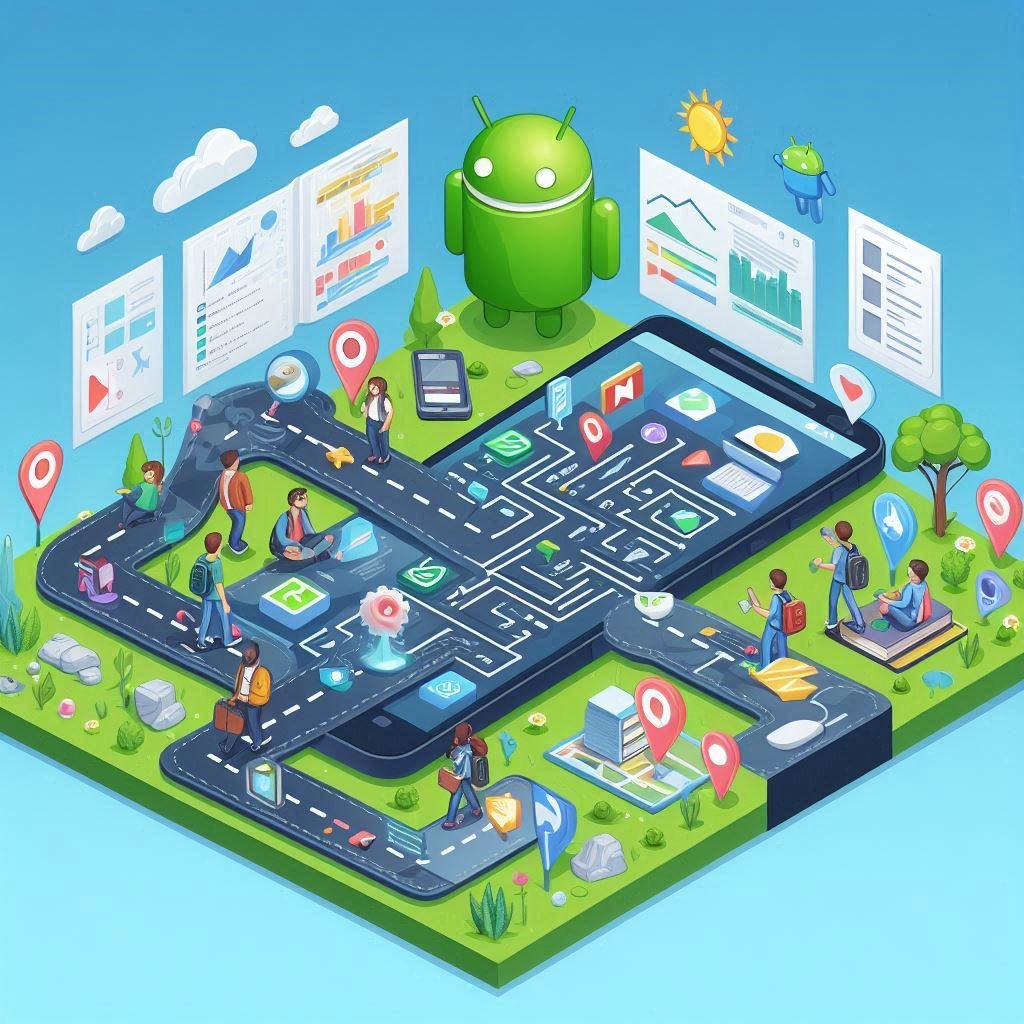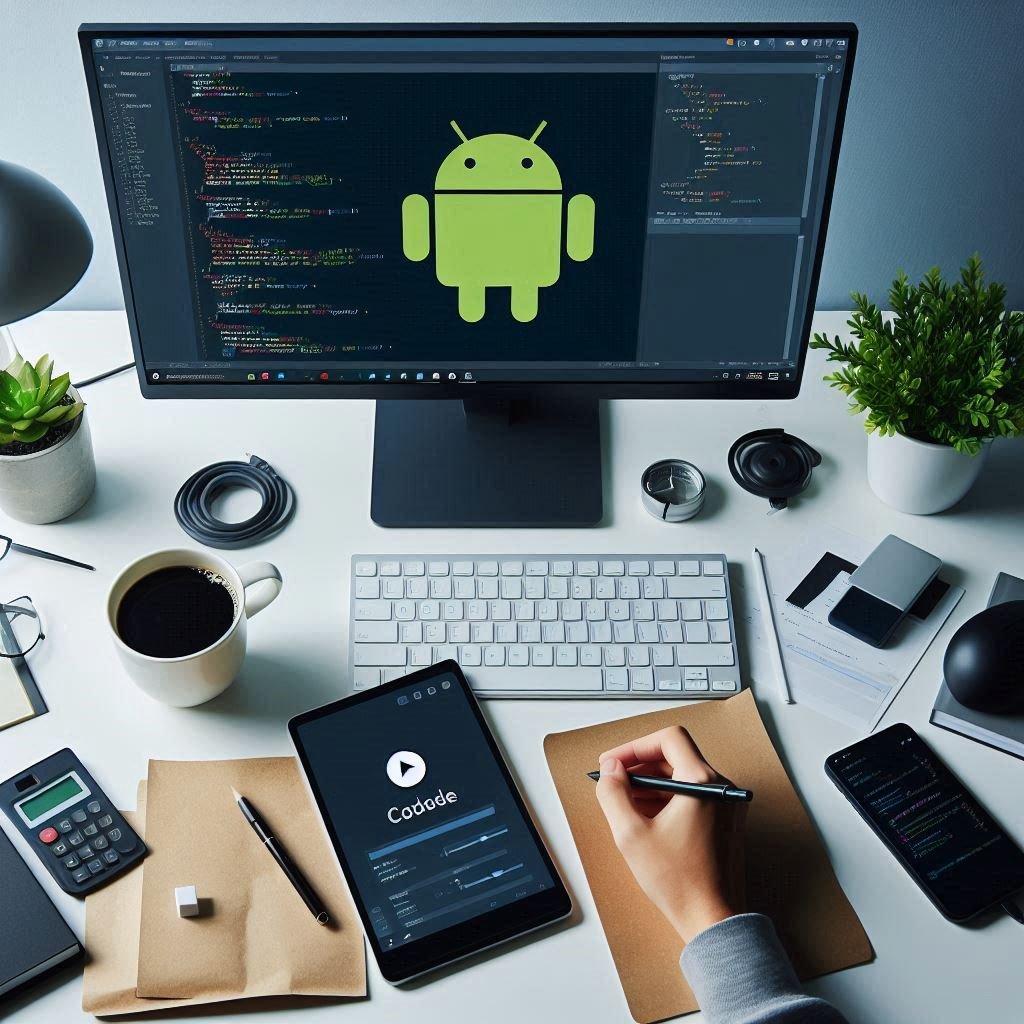
Toast in Android App Development (Java)
In Android app development, a Toast is a simple and effective way to display a brief message to the user without interrupting the app’s flow. Toasts are small popup notifications that appear for a short duration and automatically disappear after a few seconds. They are often used to show messages like success, error, or informational alerts in response to user actions or system events.
In this article, we will explore what Toast is, how to use it in Android app development with Java, and best practices for implementing Toasts in your apps.
What is a Toast in Android?
A Toast in Android is a non-intrusive message that pops up on the screen for a short period, typically used to inform the user about something. Unlike a Dialog, which requires user interaction to dismiss, a Toast automatically disappears after a set time. It is generally used to display status updates, notifications, or confirmation messages.
Key features of a Toast:
- Non-interactive: The user does not need to take any action to dismiss it.
- Transient: Toasts disappear after a predefined duration.
- Non-intrusive: Toasts do not interfere with the user’s interaction with the app.
Toasts are most useful for displaying temporary feedback, such as “Item added to cart” or “Network error.” They don’t require any user input, ensuring the app’s flow isn’t interrupted.
Types of Toast Duration
When creating a Toast, you can specify its duration using predefined constants:
- Toast.LENGTH_SHORT: Displays the message for a short duration (usually 2 seconds).
- Toast.LENGTH_LONG: Displays the message for a longer duration (usually 3.5 seconds).
These constants control how long the Toast remains visible on the screen.
Creating and Displaying a Toast
In Android, creating and displaying a Toast is quite simple. The Toast class provides methods that help you create and show Toast messages. Below is the basic syntax for creating a Toast:
Toast.makeText(context, message, duration).show();Here’s what each parameter represents:
context: The context in which the Toast should be shown, typically the currentActivityorApplicationcontext.message: The text you want to display in the Toast message.duration: How long the Toast will appear on the screen (eitherToast.LENGTH_SHORTorToast.LENGTH_LONG).
Example Code: Basic Toast
Here is an example that demonstrates how to create and display a Toast message in an Android app using Java:
// Inside an Activity
Toast.makeText(this, "Hello, World!", Toast.LENGTH_SHORT).show();In this example, the makeText() method creates a Toast with the message "Hello, World!", and it will appear for a short duration.
Customizing Toast Appearance
While Android’s default Toast message provides a simple way to show text, you can customize the appearance of the Toast by changing its layout. By using a custom layout, you can include images, icons, buttons, or any custom view inside the Toast.
To create a custom Toast, you need to:
- Create a custom layout for the Toast.
- Inflate the layout.
- Set the custom view in the Toast.
Here’s an example of how to create a custom Toast with a layout:
Step 1: Create a Custom Layout (XML)
First, create a custom layout for the Toast in the res/layout folder. For example, you can create a file named custom_toast.xml:
<?xml version="1.0" encoding="utf-8"?>
<LinearLayout xmlns:android="http://schemas.android.com/apk/res/android"
android:orientation="horizontal"
android:padding="10dp"
android:background="@drawable/toast_background"
android:layout_width="wrap_content"
android:layout_height="wrap_content">
<ImageView
android:id="@+id/toast_image"
android:src="@drawable/ic_info"
android:layout_width="40dp"
android:layout_height="40dp"
android:layout_marginEnd="10dp"/>
<TextView
android:id="@+id/toast_message"
android:text="Custom Toast Message"
android:textSize="16sp"
android:textColor="#FFFFFF"
android:layout_width="wrap_content"
android:layout_height="wrap_content"/>
</LinearLayout>Step 2: Inflate and Display the Custom Toast
Now, in your activity, you can inflate the custom layout and display the Toast as follows:
// Inside an Activity
LayoutInflater inflater = getLayoutInflater();
View customView = inflater.inflate(R.layout.custom_toast, null);
TextView textView = customView.findViewById(R.id.toast_message);
ImageView imageView = customView.findViewById(R.id.toast_image);
// Set custom message
textView.setText("This is a custom Toast message");
// Create the custom Toast
Toast customToast = new Toast(getApplicationContext());
customToast.setDuration(Toast.LENGTH_SHORT);
customToast.setView(customView);
customToast.show();In this example:
- A custom layout (
custom_toast.xml) is created that contains an image and a text message. - The layout is inflated and set as the view for the Toast using
setView(). - Finally, the custom Toast is displayed with
show().
Best Practices for Using Toasts
While Toasts are a useful tool, it’s important to use them appropriately to maintain a good user experience. Here are some best practices for using Toasts in Android app development:
1. Use Toasts Sparingly
Toasts should be used for brief messages that provide simple feedback to the user. Avoid using them for important information that requires the user’s attention. If you need more interaction or user feedback, consider using a Dialog or a Snackbar instead.
2. Don’t Overload the User with Toasts
Too many Toast messages can clutter the user interface and make the app feel less polished. Use Toasts only for necessary feedback, such as confirming a successful action or alerting the user about minor issues.
3. Custom Toasts for Better Visual Appeal
If you need more control over the appearance of the Toast, consider using custom Toast layouts. Custom Toasts allow you to incorporate images, icons, or even animations to make your feedback more engaging.
4. Toast for Error Handling
Toasts can be useful for showing simple error messages or informational updates (e.g., “Network connection failed,” or “Action completed successfully”). However, do not use them for critical errors that require user action; for these cases, Dialogs or Snackbar are more suitable.
5. Ensure Accessibility
Always ensure that your Toast messages are readable and can be perceived by all users, including those with disabilities. Keep your messages concise, use appropriate colors, and ensure that text contrasts well with the background.
Conclusion
Toasts are a simple yet effective way to provide feedback to users in Android apps. They allow developers to display brief messages that don’t interrupt the user’s flow or require interaction. By understanding the different Toast types and how to customize their appearance, you can create intuitive and user-friendly feedback mechanisms for your Android apps.
In this article, we’ve explored how to use Toasts in Android with Java, how to customize them, and best practices for using them effectively. By following these guidelines, you can enhance the overall user experience in your Android applications while ensuring that feedback is delivered in a clear and non-intrusive way.


